Get The Article
- Article PDF
- BMC Psychiatry Article
Cite This Work
- APA
- MLA
- Bibtex
Schoeller, F., Jain, A., Adrien, V., Maes, P., & Reggente, N. (2024). Aesthetic chills mitigate maladaptive cognition in depression. BMC Psychiatry, 24(1). https://doi.org/10.1186/s12888-023-05476-3
“Aesthetic Chills Mitigate Maladaptive Cognition in Depression.” BMC Psychiatry, vol. 24, no. 1, Jan. 2024, https://doi.org/10.1186/s12888-023-05476-3.
@article{Schoeller_Jain_Adrien_Maes_Reggente_2024c, title={Aesthetic chills mitigate maladaptive cognition in depression}, volume={24}, url={https://doi.org/10.1186/s12888-023-05476-3}, DOI={10.1186/s12888-023-05476-3}, number={1}, journal={BMC Psychiatry}, author={Schoeller, Félix and Jain, Abhinandan and Adrien, Vladimir and Maes, Pattie and Reggente, Nicco}, year={2024}, month=jan }
Using peak positive affect (aesthetic chills) to help with depression
In our recent collaboration with Pattie Maes’s Fluid Interfaces group at MIT Media Lab and Dr. Vladimir Adrien from Assistance Publique Hôpitaux de Paris (APHP) in France, we investigated the potential for aesthetic chills to serve as an innovative intervention for major depressive disorder. This effort is a considerable advancement towards the notion of promoting positive affect in depression, which stands in contrast to standard care which is mostly focused on mitigating negative affect.
Instead of focusing on how to help individuals with depression not feel so bad, this work suggests the potential of helping those individuals by presenting them with content so they can feel good.
Aesthetic chills are characterized by sensations like shivers, goosebumps, and tingling that arise in response to emotional experiences with art, music, or nature. We hypothesized that by eliciting chills through validated multimedia stimuli, we could positively influence the core beliefs and self-schemas of individuals with depression. Across two studies with 96 participants diagnosed with major depressive disorder, we engaged participants in randomized sessions involving chill-inducing and neutral control stimuli across visual, auditory, and written modalities. Our results demonstrated that aesthetic chills induced a notable increase in self-acceptance among depressed participants. Chill-inducing stimuli appeared to facilitate positive emotional breakthroughs and shifts in self-perception that could address cognitive distortions related to depression. The data further suggest that aesthetic chills may engage reward-related neural pathways similarly to interventions like psychedelic-assisted therapy.

While preliminary, these findings bring much-needed attention to the potential for aesthetic chills to positively influence core beliefs and schemas related to the self and one’s place in the world. For individuals with depression stemming from early adverse experiences, chill-inducing stimuli could foster emotional catharsis and lasting change to maladaptive self-narratives developed as coping mechanisms. Our research provides initial evidence that the biological processes involved in aesthetic chills can be harnessed for therapeutic ends. Chill-based interventions offer a promising avenue for large-scale study given the ease of dissemination through multimedia experiences.
Looking forward, further research should explore the neurophysiological mechanisms of aesthetic chills and biomarkers that may predict individual responses. Larger clinical trials are needed to investigate optimal protocols and delivery methods for chill-based therapy. We believe aesthetic chills represent an innovative non-pharmacological intervention that warrants greater attention from the psychiatry, psychology, and human-computer interaction communities.
shift + ⏎ to add a ne
aesthetic chills positive affect Read more













